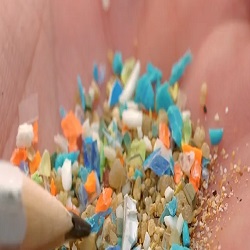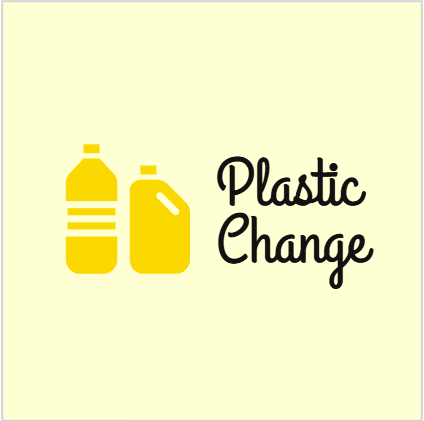| micro plastics |
how do micro plastic effect plastic polution
Microplastics, tiny plastic fragments smaller than 5 millimeters, greatly worsen plastic pollution due to their persistence and widespread presence in the environment. These particles result from larger plastics breaking down over time and are difficult to manage because of their small size. Once released, microplastics accumulate in oceans, rivers, soils, and even remote areas, where they persist for centuries. Marine life often ingests microplastics, mistaking them for food, causing harm and disrupting ecosystems. As these particles enter the food chain, they can also pose risks to human health, particularly through seafood consumption. Microplastics may carry toxic chemicals like pesticides and heavy metals, which could further threaten human health. Their widespread presence makes microplastics a major contributor to the global plastic pollution crisis, with serious consequences for both ecosystems and humans.

